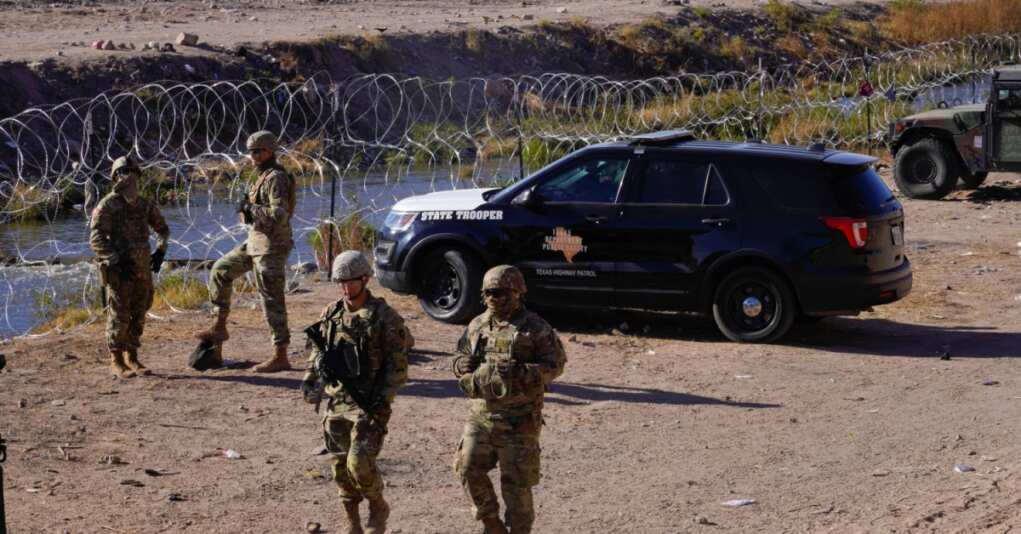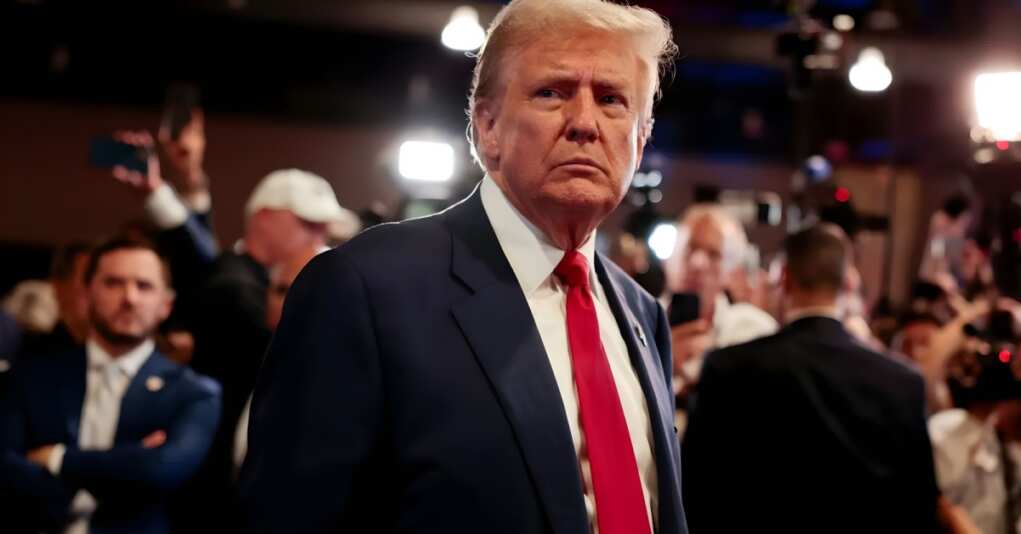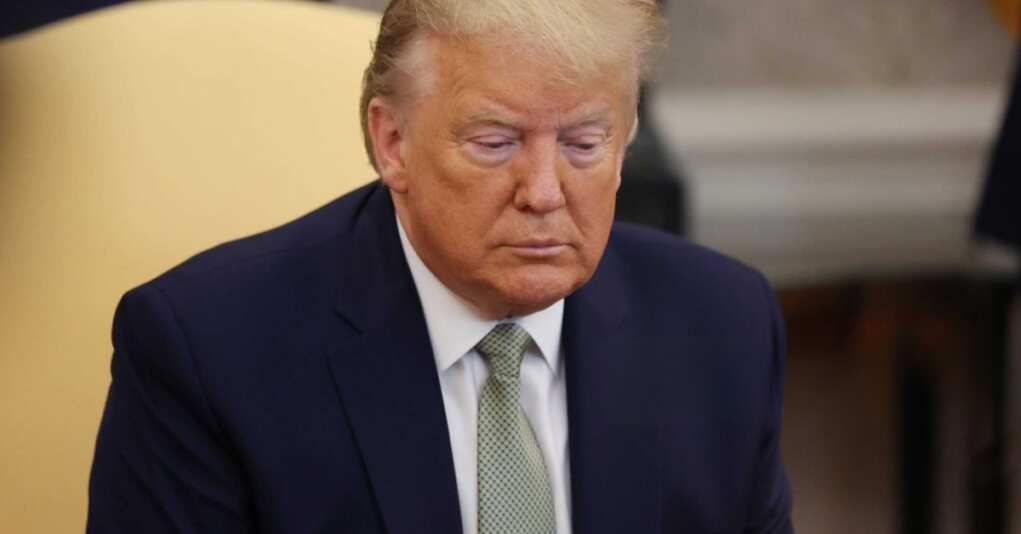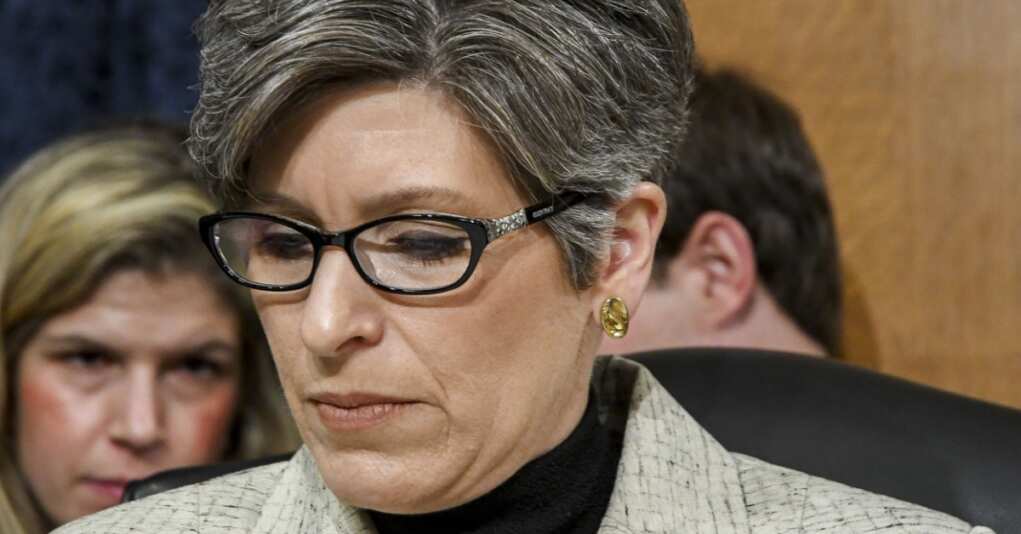Trump’s Bold Plan to Fight Indoctrination in Schools
Former President Donald Trump has announced a game plan to take on what he calls the “indoctrination” taking place in K-12 schools across America. It’s a bold move, and you can bet the left will be spinning their heads faster than the wheels on a Tesla in a windstorm. According to Trump, it’s not just […]
Trump’s Border Blitz: Week One Yields Thousands of Arrests Amid Immigration Crackdown
Ladies and gentlemen, gather ’round as we delve into the latest chapter of America’s immigration saga. In his first week back in office, President Donald Trump has wasted no time implementing his aggressive immigration policies, resulting in the arrest of nearly 1,000 individuals in a single day. But is this a decisive move toward securing […]
Greenland’s ‘For Sale’ Sign: A Welcome Mat for American Investors or Just Window Dressing?
Ladies and gentlemen, gather ’round for the latest episode of ‘As the Arctic Turns.’ Our protagonist today? Greenland’s Business Minister, Naaja Nathanielsen, who recently declared that the icy island is open for American investment. But before you pack your bags and snow boots, let’s dig a little deeper. In an exclusive chat with The American […]
Haiti’s Gang Violence Spreads—And Trump Has a Bold Plan to Step In
Let’s talk about Haiti. You know, the country that’s been struggling with corruption, natural disasters, and political instability for decades. But now, it’s reached a new low. Gang violence is on the rise, and the humanitarian situation is worsening by the day. Thousands of Haitians are being displaced, violence is rampant in the streets, and […]
Trump’s Real Estate Diplomacy: Developer Steve Witkoff Takes on Iran
Good evening, America. In a move that has left the foreign policy establishment scratching their heads, President Donald Trump has appointed real estate mogul Steve Witkoff as his point man on Iran. Yes, you heard that right. The man known for skyscrapers and luxury hotels is now tasked with navigating the treacherous waters of Iranian […]
Trump vs. the Pulpit: When Sermons Get ‘Nasty’ and Presidents Get Testy
In a spectacle that could only unfold in today’s America, President Donald Trump found himself at odds with the Episcopal Bishop of Washington, the Right Rev. Mariann Edgar Budde, following a sermon that dared to touch on the sensitive topics of immigration and LGBTQ+ rights. The setting was the National Prayer Service, a tradition intended […]
Rubio’s ‘Censorship Shutdown’: Axing State Department’s Speech Police
In a bold move that has sent ripples through diplomatic circles, newly appointed Secretary of State Marco Rubio has declared an end to State Department programs that “open the door to censorship.” On his first day in office, Rubio dispatched a directive to all U.S. diplomatic and consular posts worldwide, signaling a significant policy shift […]
Trump’s ‘Incredible’ Speech: Resistance Is Futile and Other Commentary
President Donald J. Trump has taken the oath of office for the second time, delivering an inaugural address that can only be described as ‘incredible’—and I mean that in every sense of the word. Now that we’ve had a chance to watch the inaugural address, you know, if you wanted to on whatever streaming app […]
Crypto Ball: When MAGA Met Blockchain—A Match Made in D.C.
Well, folks, it seems Washington, D.C., has discovered a new dance partner: cryptocurrency. On January 17, 2025, the inaugural ‘Crypto Ball’ was held at the Andrew W. Mellon Auditorium, just days before President-elect Donald Trump’s swearing-in. This black-tie affair wasn’t your typical Beltway gala; it was a fusion of political powerhouses and digital currency moguls, […]
Trump’s Executive Orders: Draining the Swamp or Flooding the Basement?
Well, folks, here we are again. President Donald J. Trump, in his second inaugural week, has hit the ground running—or perhaps sprinting—with a series of executive orders that have left the international community buzzing. Among the most talked-about are his decisions to lift sanctions on Israeli settlers and to withdraw the United States from the […]
Supreme Court Considers Age Checks for Online Porn: Protecting Kids or Policing Adults?
In a move that has both free speech advocates and concerned parents on the edge of their seats, the U.S. Supreme Court is currently deliberating on the constitutionality of age verification requirements for accessing online pornography. The case, Free Speech Coalition v. Paxton, centers on a Texas law mandating that websites with a significant amount […]
Why Everyone’s Jumping Into E-Commerce—And How You Can, Too
Think about the last time you bought something online. Chances are, the process was quick, easy, and convenient. Now imagine being on the other side of that transaction, running your own online business. That’s the world of e-commerce, and it’s a booming industry offering opportunities for people of all ages, backgrounds, and skill levels—including seniors […]
TikTok’s U.S. Shutdown: What It Means for Creators and Their Livelihoods
The decision to ban TikTok in the United States has sent shockwaves through the digital world, leaving millions of American creators and businesses scrambling for answers. With over 150 million users in the U.S. alone, TikTok has been more than just a platform for dance trends and viral challenges—it’s become a primary source of income […]
From ‘Woke’ to ‘Work’: How Corporate America Found Its Conservative Backbone Under Trump
It seems the titans of industry have finally decided to swap their virtue-signaling playbooks for something a bit more… practical. Under President Donald Trump’s renewed leadership, corporate America is undergoing a transformation that has left many conservatives nodding in approval and liberals clutching their pearls. Let’s dive into this delightful turn of events. Remember when […]
Senator Ernst Grills Hegseth: A Conservative Showdown in the Senate Hot Seat
In the grand theater of Washington politics, few performances are as riveting as a Senate confirmation hearing. Enter stage left: Senator Joni Ernst, Republican from Iowa, former National Guard lieutenant colonel, and self-proclaimed champion of military integrity. Enter stage right: Pete Hegseth, President-elect Donald Trump’s nominee for Secretary of Defense, former Fox News commentator, and […]
























